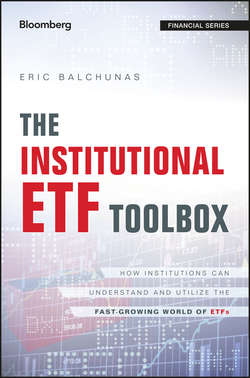Читать книгу The Institutional ETF Toolbox - Balchunas Eric - Страница 22
На сайте Литреса книга снята с продажи.
SECTION I
The ETF Phenomenon
CHAPTER 1
Why Are ETFs So Popular?
Fiduciary Vehicles
ОглавлениеETFs have to be approved by the Securities and Exchange Commission (SEC) and most, like mutual funds, are regulated funds under the Investment Company Act of 1940. This means they have to have an independent board of directors and that the manager of the ETFs has a fiduciary obligation to act in the best interest of the fund holders. This is in contrast to other institutional vehicles such as swaps, futures, and other bank-issued vehicles including structured products.
This can be very important to some institutions that have mandates that forbid them from using the aforementioned derivatives.
“It is always nice when you have a pretty prospectus wrapped around an idea. It has all the disclosures and has gone through a vetting process [with the SEC]. There is good governance around the product. It is a nice, neatly wrapped package that can give asset managers a nice turnkey way of getting exposure.”
Ben Fulton, Elkhorn Capital Group
One quick note, though: Not every ETF is registered under the 1940 Act, and some aren’t even “funds” at all. However, those products only have about 4 percent of the assets. We will further examine the specific differences in structures in Chapter 5.
